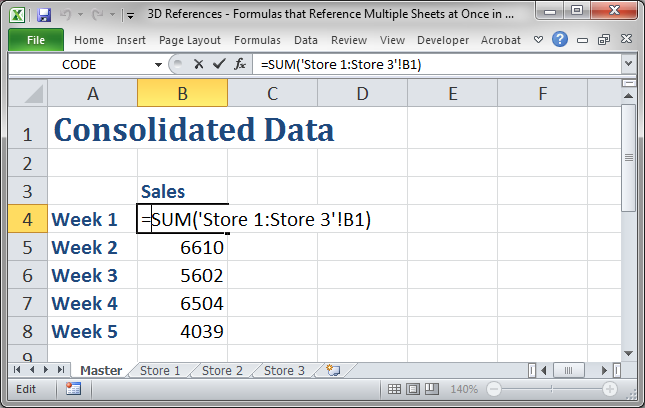5 Ways to Link Excel Sheets for Better Data Management

In today's fast-paced business environment, managing data efficiently is crucial for maintaining competitive advantage and making informed decisions. Excel, with its robust features and widespread accessibility, remains a staple tool in data management. One of its most powerful capabilities is the ability to link data between different sheets. This can dramatically enhance your workflow by reducing redundancy, ensuring data consistency, and streamlining complex tasks. Here are five methods to effectively link Excel sheets for better data management:
1. Using Excel Formulas to Link Sheets


The simplest way to link data from one sheet to another is by using formulas. Here are the steps:
- Select the cell in the destination sheet where you want the data to appear.
- Enter the formula
=SheetName!CellReferencewhereSheetNameis the name of the source sheet, andCellReferenceis the cell you want to reference.
This method is straightforward but becomes powerful when you need to reference multiple cells or ranges:
- Using
VLOOKUPorINDEXandMATCH - Using
SUM,AVERAGE, or other aggregate functions across sheets.
📘 Note: Ensure the sheet names are accurate; if you rename sheets, the links need to be updated manually or through VBA scripting.
2. Utilizing Named Ranges for Enhanced Linkage

Named ranges make linking data between sheets easier and more manageable:
- Create a named range: Go to Formulas > Name Manager, or simply select your range and type a name in the Name Box next to the formula bar.
- Link using the name: In any cell, you can now reference this range by simply typing
=SheetName!RangeName.
💡 Note: Named ranges are an excellent way to keep your workbook organized, especially in large documents where cell references can get complicated.
3. Implementing 3D References for Consolidated Summaries

When dealing with multiple sheets containing similar data structures, 3D references come in handy for creating summaries:
- To sum the same cell across multiple sheets:
=SUM(Sheet1:Sheet3!A1)
- For other functions like COUNT, AVERAGE, etc., the syntax is similar.
This approach is particularly useful for financial reporting or when dealing with datasets spread over time or regions.
4. External Links to Separate Excel Files

If your data is split across different Excel files:
- Open the destination workbook.
- Use the formula
=[FilePath]SheetName!Range to pull in data from an external file.
This method requires careful management as any changes in file paths or file names can break the links.
🚫 Note: Regularly check and update external links to prevent errors.
5. VBA for Dynamic Linking and Automation

For the most control and automation, VBA can be used:
- Create a VBA script to manage, update, or dynamically link data between sheets.
- Here’s a simple example to link a range:
Sub LinkSheets()
Dim sourceSheet As Worksheet
Dim destSheet As Worksheet
Set sourceSheet = ThisWorkbook.Sheets(“Source”)
Set destSheet = ThisWorkbook.Sheets(“Destination”)
destSheet.Range("A1:A10").Value = sourceSheet.Range("A1:A10").Value
End Sub
In closing this discussion, linking Excel sheets enhances data management by reducing errors, saving time, and providing a dynamic interface for data analysis and reporting. Each method, from using simple formulas to complex VBA scripts, offers unique advantages suited for different scales and types of data management tasks. By choosing the right technique, you can ensure your data remains consistent, up-to-date, and easier to manipulate across multiple sheets, ultimately leading to more efficient workflows and better decision-making capabilities.
What are the benefits of linking sheets in Excel?

+
Linking sheets in Excel provides several benefits, including:
- Reduced Data Redundancy: Update once, reflect changes everywhere.
- Data Consistency: Ensuring all related cells update automatically.
- Improved Efficiency: Quicker reporting and analysis by centralizing data changes.
How do I know if an Excel link is broken?

+
Signs of broken links include:
- Error messages like “#REF!” in linked cells.
- Data not updating when changes are made in the source sheet or file.
Can I link an entire table from one sheet to another?

+
Yes, you can link an entire table by:
- Naming the table and then using the name in formulas.
- Using VBA to dynamically link the range of cells in the table.